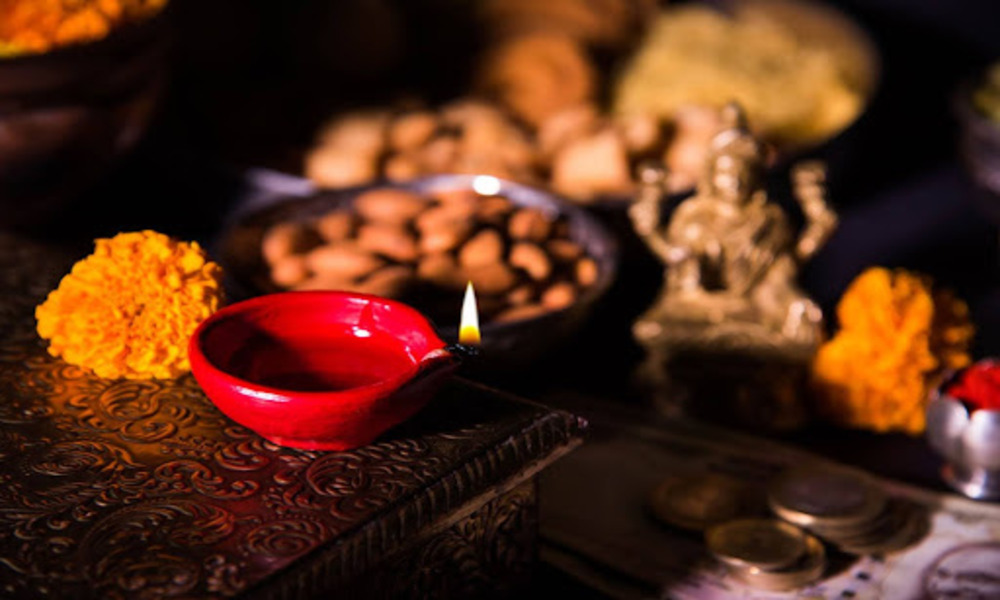
Pooja Room Vastu – Create a Spiritual Powerhouse in Your Home
A pooja room is the spiritual heart of every Indian home. It is where families connect with divine energy, meditate, and begin their day with gratitude. According to pooja room Vastu, the way this sacred space is designed influences the overall energy and peace within a house. From direction and placement to lighting and materials, every element plays a role in building a calm and positive environment.
Directional Harmony and Placement
In Vastu Shastra, direction holds great importance in channeling energy. The ideal location of the pooja room determines how divine vibrations circulate through the home.
- Best direction: The northeast (Ishan corner) is considered the most auspicious for a pooja room. It attracts spiritual energy and positivity.
- Alternate directions: If northeast placement isn’t possible, the east or north directions can also be considered.
- Avoid certain areas: Never place the pooja room under a staircase, near a bathroom, or adjacent to a kitchen. These areas are considered impure or energetically heavy.
- Elevation: It’s ideal to keep the pooja room on a higher level or platform, symbolizing the rise of spiritual consciousness.
Following these principles ensures that divine energy flows freely, promoting mental peace and household harmony.
Design Elements That Amplify Energy
A well-designed pooja room is both aesthetically pleasing and energetically balanced. The layout, materials, and finishes influence how energy is stored and radiated.
- Materials: Natural materials like wood, marble, or brass maintain spiritual purity and durability.
- Lighting: Use warm, soft lighting. A small diya or lamp in the northeast direction enhances positivity.
- Colours: Choose calming shades such as white, cream, or light yellow. These colours create a serene environment conducive to prayer.
- Deity placement: Idols or pictures should face east or west. Devotees should ideally face east while praying.
- Storage: Keep pooja accessories neatly arranged in a closed cabinet. Avoid storing unrelated items in the same space.
These thoughtful design choices create a space that radiates spiritual energy and remains visually harmonious.
Architectural Detailing for Modern Homes
Today’s homes often blend traditional elements with modern design. Integrating Vastu principles into contemporary interiors requires smart planning.
- Compact homes: In apartments, a small niche or wall-mounted cabinet facing northeast can serve as a sacred corner.
- Glass partitions: Use frosted glass or wooden screens to separate the pooja space from living areas while maintaining openness.
- Lighting design: Recessed ceiling lights, backlit panels, or brass lamps can blend tradition with elegance.
- Minimalist décor: Avoid overcrowding the altar. A clean, uncluttered setup enhances focus and peace.
Combining spiritual tradition with modern design sensibilities ensures your pooja room remains both functional and divine.
Common Vastu Corrections for Existing Spaces
Not every home is constructed according to Vastu from the beginning. For those seeking balance without major renovation, certain remedies can help align the energy.
- Use Vastu pyramids: These can correct directional imbalances and stabilize the energy in the pooja room.
- Keep it well-ventilated: Fresh air circulation prevents stagnation of negative energy.
- Install mirrors carefully: If needed, place mirrors only on the north or east wall, avoiding reflection of deities.
- Light a diya daily: It purifies the surroundings and enhances positivity.
- Avoid dark colours or clutter: They tend to absorb rather than reflect energy, leading to dullness and fatigue.
Implementing these corrections can help restore equilibrium and make the pooja room a true center of peace.
Aligning Space with Intention
The essence of pooja room Vastu lies in mindfulness — every design choice should reflect intention and respect for the divine. Whether one has a large prayer hall or a compact altar, what matters most is maintaining cleanliness, serenity, and devotion.
A space that’s well-aligned with Vastu not only strengthens spiritual connection but also influences the emotional well-being of everyone in the home. It becomes a place where one feels calm, grounded, and spiritually uplifted.
Creating Balance Between Design and Divinity
A truly well-planned home reflects balance — between architecture, aesthetics, and spiritual values. When designed with awareness, the pooja room becomes more than a place of worship; it becomes a source of strength and peace for the entire family.
For homeowners seeking expert design integration, a home decor company in Mumbai can bring professional guidance to align both beauty and Vastu principles. Their design understanding ensures that even compact homes can have spaces that are spiritually energized and visually soothing. Such mindful designs create homes that resonate with faith, tranquility, and positive vibrations.






